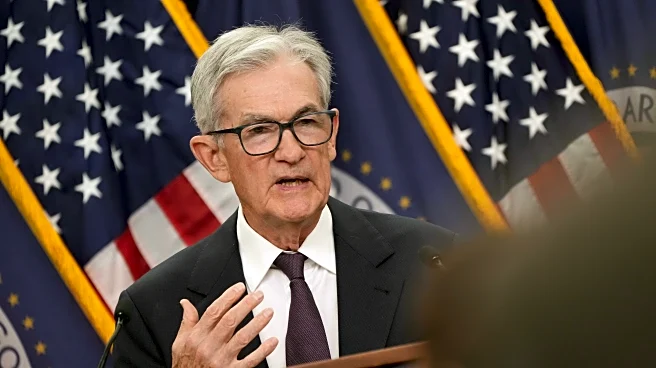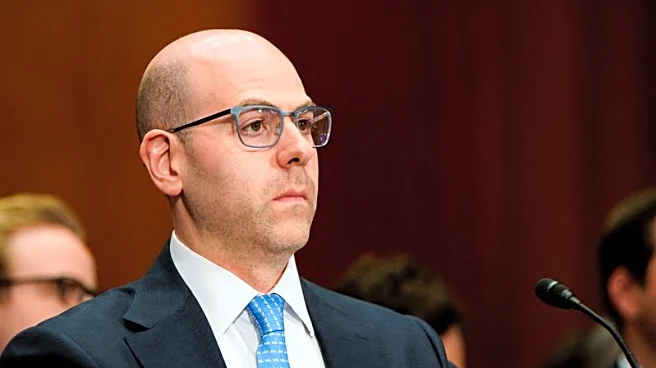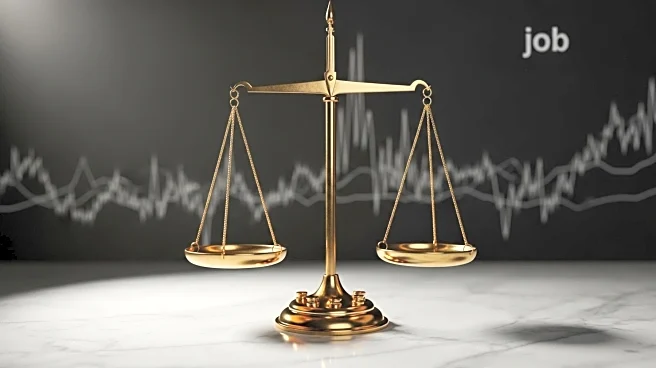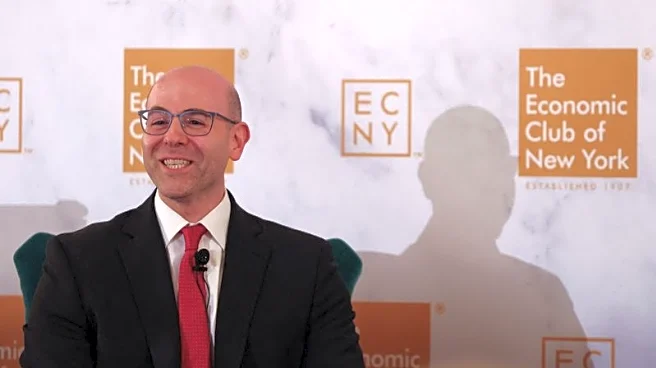What's Happening?
The Federal Reserve's interest-rate setting committee has expressed support for further reductions in its key interest rate, as detailed in the minutes from last month's meeting. The decision to cut the rate by a quarter-point to about 4.1% was driven by concerns over rising unemployment risks, while inflation risks were seen as diminished or stable. This marks the first rate cut of the year. Despite the majority consensus, there is a division among committee members, with some advocating for cautious rate reductions due to persistent inflation above the 2% target. Stephen Miran, appointed by President Trump, dissented, favoring a larger half-point cut.
Why It's Important?
The Federal Reserve's decision to cut interest rates is crucial as it affects borrowing costs for mortgages, auto loans, and business loans, potentially stimulating spending and hiring. However, the division within the committee highlights the ongoing debate over balancing economic growth with inflation control. Lower rates can encourage economic activity but may also risk exacerbating inflation if not managed carefully. The decision reflects broader economic concerns, including the impact of tariffs and rental costs on inflation, and underscores the complexity of monetary policy in addressing these issues.
What's Next?
The Federal Reserve will continue to monitor economic indicators, including inflation and unemployment rates, to guide future interest rate decisions. The ongoing federal government shutdown may delay critical economic data releases, complicating the Fed's ability to make informed decisions. Stakeholders, including businesses and consumers, will be watching closely for signs of further rate cuts or policy shifts, as these could affect economic conditions and financial planning.
Beyond the Headlines
The Fed's rate cut decision also raises questions about the long-term implications of monetary policy on economic inequality. Lower interest rates can boost asset prices, benefiting wealthier individuals more than those without significant investments. This aspect of monetary policy may become a focal point in discussions about economic equity and the role of the Fed in addressing broader societal issues.












